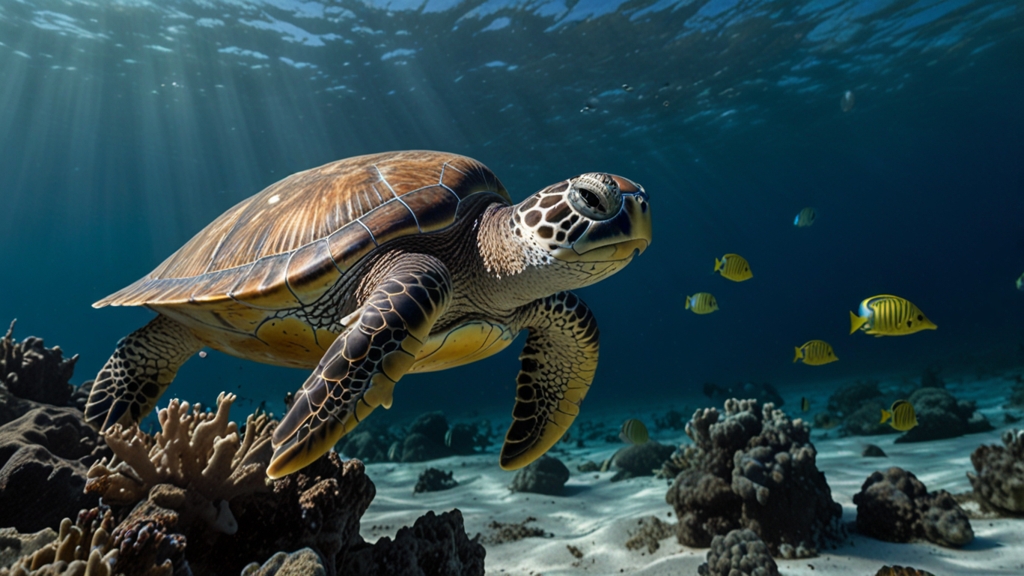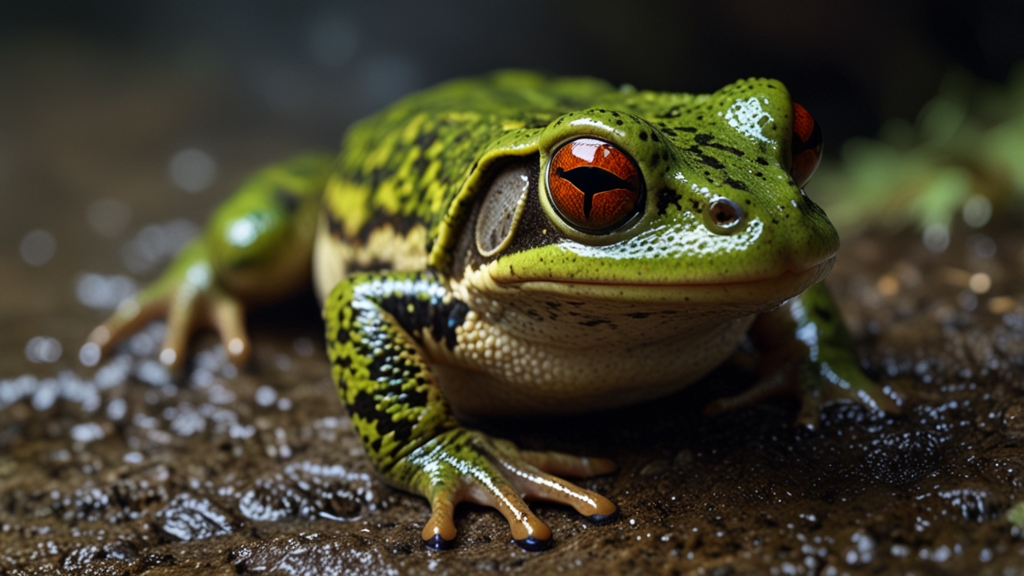Underwater Wonders: The Fascinating Life of Sea Turtles
Sea turtles are among the most enchanting creatures that grace our oceans. With their graceful movements, centuries-old lifespans, and epic migrations, these ancient mariners have captivated the hearts and minds of people for centuries. Their existence spans millions of years; in fact, sea turtles shared the planet with the dinosaurs. Today, they continue to navigate the same oceans, though now facing new and daunting challenges. Let's dive into the fascinating life of sea turtles, explorings their habits, survival mechanisms, and the urgent conservation efforts needed to protect them.
A Journey Through Time
The lineage of sea turtles dates back over 110 million years, making them some of the oldest living reptiles on Earth. Their evolutionary roots reveal a story of resilience and adaptation, allowing them to thrive in various marine environments around the globe. There are seven species of sea turtles: Leatherback, Green, Loggerhead, Hawksbill, Olive Ridley, Kemp’s Ridley, and Flatback. Each species has unique characteristics, behaviors, and habitats, but they all share common traits that define their way of life in the ocean.
The Epic Migrations
One of the most remarkable aspects of sea turtles is their migratory behavior. These reptiles embark on epic journeys, traveling thousands of miles across the ocean to feed and mate. For example, the Leatherback sea turtle, the largest of all the species, can migrate across entire ocean basins. This incredible feat involves navigating through vast and often treacherous waters, relying on their innate ability to sense the Earth's magnetic fields.
"It's awe-inspiring to think about the seemingly insurmountable distances sea turtles travel during their migrations. Their perseverance and resilience serve as a testament to the wonders of the natural world." - Marine Biologist, Dr. Emily Richardson
Lifecycle and Reproduction
The reproductive process of sea turtles is nothing short of extraordinary. Female sea turtles return to the beaches where they were born to lay their eggs, a phenomenon known as natal homing. Emerging from the sea at night, they painstakingly dig nests in the sand and deposit dozens, sometimes hundreds, of eggs. After approximately two months, the eggs hatch in a synchronous event, with hatchlings making their perilous journey to the ocean guided by the moonlight reflecting off the water's surface.
"Watching baby sea turtles emerge from their nests and scramble towards the ocean is one of the most enthralling spectacles of nature. It is a moment of great peril and tremendous promise." - Wildlife Photographer, James Cameron
Threats and Conservation
Despite their ancient lineage and incredible survival tactics, sea turtles face numerous threats, many of which are human-induced. Habitat loss, climate change, marine pollution, and bycatch in commercial fishing operations pose significant challenges. Furthermore, illegal poaching and the trade of turtle shells continue to threaten their populations.
To mitigate these threats, various conservation efforts are underway around the world. Marine protected areas (MPAs), stringent fishing regulations, beach conservation projects, and efforts to reduce plastic pollution are critical steps towards safeguarding these magnificent creatures. Additionally, public education and community engagement play a pivotal role in fostering a sense of responsibility towards protecting sea turtles.
"Conservation is a collective effort. By working together, we can ensure the survival of sea turtles for generations to come. It's a race against time, but it's a race we can win." - Conservationist, Sarah Thompson
A Call to Action
Sea turtles are more than marine creatures; they are symbols of the delicate balance that governs our oceans. Their survival is intricately tied to the health of marine ecosystems, and by extension, the health of our planet. It's imperative that we champion their cause, advocate for their protection, and strive to restore the natural harmony of their habitats.
Whether you are a scientist, policy-maker, or nature enthusiast, there is a role for everyone in the conservation of sea turtles. By supporting legislation, participating in beach clean-ups, and spreading awareness, you can contribute to a global effort to ensure these underwater wonders continue to grace our oceans.
Through dedicated conservation efforts and a shared commitment to protecting our world's natural heritage, we can ensure a brighter future for sea turtles, allowing them to continue their ancient journey across our planet's vast and beautiful seas.








